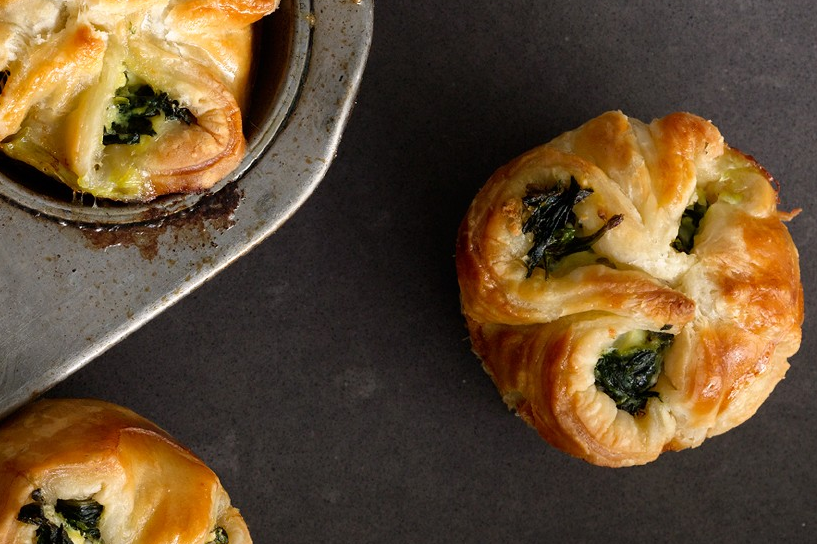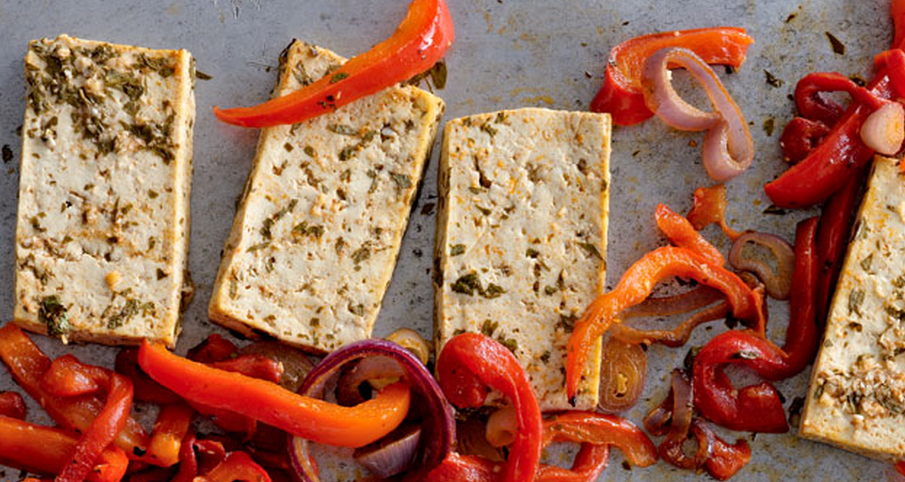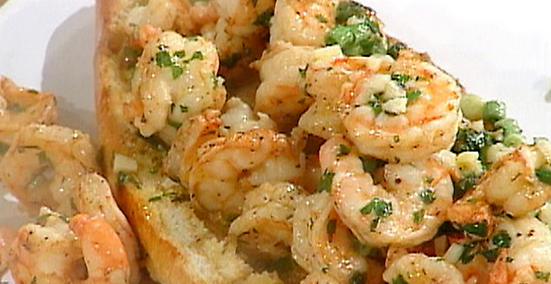From SmittenKitchen
Meatballs
3 to 8 tablespoons water
2 pounds ground lamb
1 large egg
1 1/4 cup (about 70 grams) breadcrumbs, fresh or plain, such as Panko
1/2 cup (55 grams) crumbled feta cheese
3/4 teaspoon table salt
Pinch of red pepper flakes
2 small garlic cloves, minced
3 tablespoons chopped parsley
2 tablespoons (35 grams) tomato paste
Zest of half a lemon
2 tablespoons olive oil
Sauce
1 medium onion, finely chopped
1 garlic clove, minced
A couple glugs of red wine or white/dry vermouth (optional)
1 28-ounce (795 grams) can of crushed or pureed tomatoes
1 teaspoon dried oregano
Zest of half a lemon
3/4 to 1 teaspoon table salt
Pinches of red pepper flakes (to taste)
1/3 cup (about 45 grams) pitted, chopped kalamata olives
1 tablespoon thinly sliced mint leaves, plus more for garnish
2 tablespoons roughly chopped parsley, plus more for garnish
Juice of one lemon
1/4 cup (30 grams) crumbled feta, for garnish
Make meatballs: If you plan don’t plan to brown the meatballs, use only 3 tablespoons water. If you do, use all 8 tablespoons (1/2 cup). In a large bowl, combine all meatball ingredients except oil; I like to do this with a fork. Using wet hands, form mixture into small (1 1/2 to 2-inch diameter) meatballs; I have taken to using a large (just shy of 3 tablespoon) cookie scoop for easy sizing.
Brown meatballs: Heat a large skillet over medium heat. Add olive oil and heat it through. Evenly space meatballs in pan and very carefully turn and roll them so that all sides become brown. Don’t worry if they don’t remain perfectly round; mine never do. Don’t worry if some pieces become stuck to the pan; they will deliciously infuse the sauce in a minute. Drain meatballs on a paper towel-lined plate.
[If you prefer not to fry your meatballs before cooking them in the sauce, you can cook them right in the sauce — it will take about 10 minutes longer.]
Make sauce and finish cooking meatballs: Pour out all but 1 tablespoon fat from skillet and return to medium heat. Add onion and garlic and cook until they begin to soften, about 5 minutes. Add wine or vermouth and scrape up any bits stuck to the pan. Cook until the liquid almost disappears. Add tomatoes, oregano, lemon zest, salt, pepper flakes, olives (if you’re using them now), mint and parsley. Bring mixture to a simmer and return meatballs to the pan. Cover with a lid and cook at the lowest simmer for 20 to 24 minutes, until meatballs are cooked through. Squeeze lemon juice over meatballs and sauce.
Serve: Sprinkled with additional olives, feta and herbs. We had this with orzo and aGreek salad.








